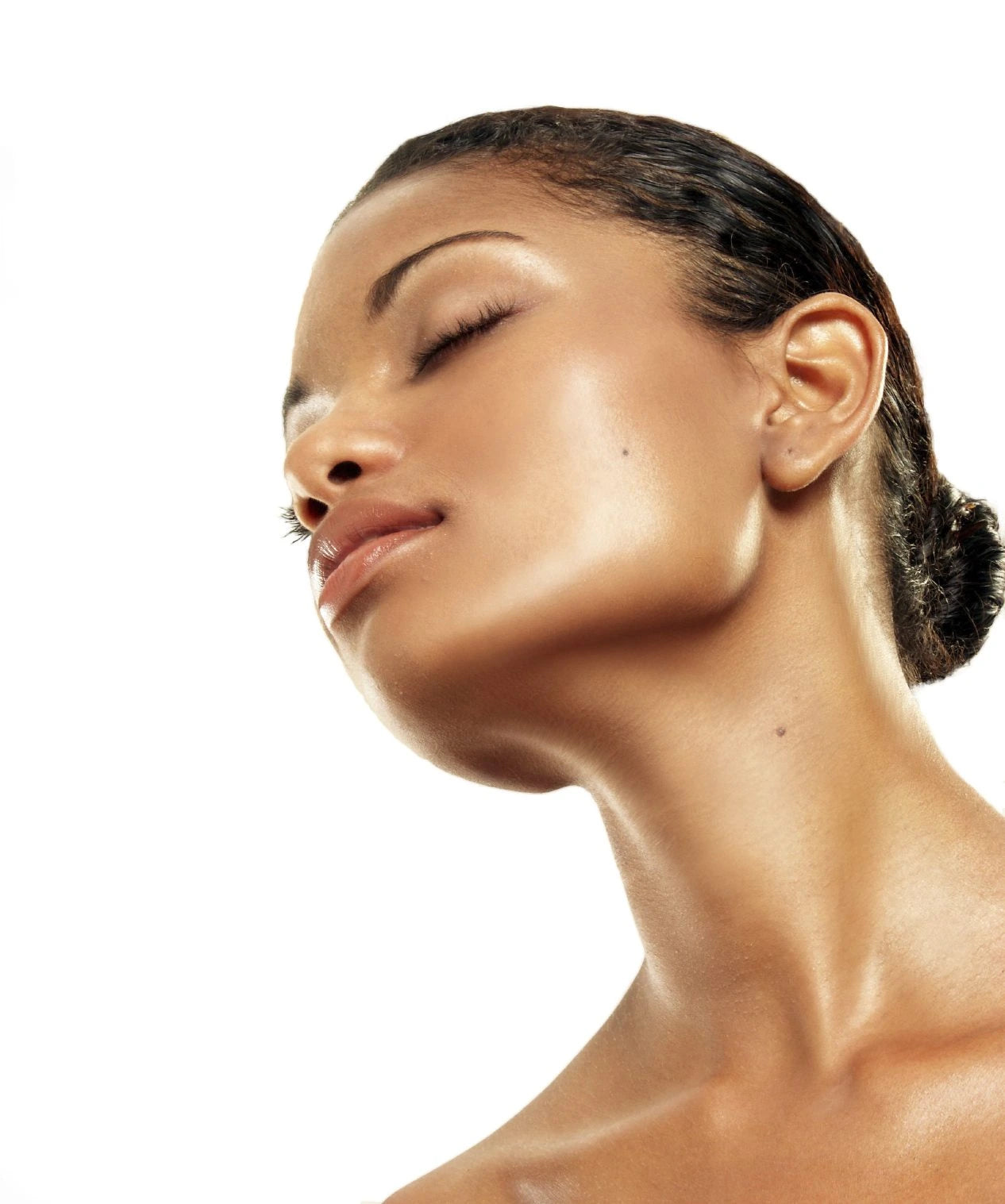You may or may not have seen some scary photos and the term OCHRONOSIS floating around social media as a condition caused by bleaching creams.
What is Ochronosis?
Ochronisis describes a condition where a characteristically dark, blue-black pigment is deposited in deep layers of the skin.
What causes ochronosis?
The most common type of ochronosis seen in our environment is known as Exogenous Ochronosis; An ochronosis caused by “exogenous” or topical substances, most commonly Hydroquinone.
What is Hydroquinone?
Hydroquinone is an ingredient in most bleaching creams. It causes skin lightening. It works by interfering with the production of brown pigment Melanin, in our skin. Melanin is a pigment our bodies produce to protect us from the sun’s harmful UV rays. Melanin gives us our characteristic brown color.
Hydroquinone is used in the treatment of hyperpigmentation; A condition where there is excessive production of melanin pigmentation in the skin, E.g on sun burnt skin, or post acne scarring.
Hydroquinone comes with guidelines of use. It is a prescription product. This means it should ideally be prescribed by and used under supervision of a Doctor. Hydroquinone is a sun sensitising agent. This means it can make your skin sensitive to the sun. We know also that the sun’s rays affect how hydroquinone works. This is why most people would notice redness or stinging on their skin during the day if they are using hydroquinone containing products without a sunscreen. Hydroquinone is not meant for use on large areas of the body, and finally, it is not meant for prolonged, long term use because of the risk of developing Ochronosis.
With skin bleaching being a very common practice in our environment (>70% of Nigerian women, according to the WHO), many cosmetic companies are producing and selling products with high concentrations of hydroquinone, often mixed in with steroids and other potentially toxic ingredients. These products are marketed for long term use to lighten the skin.
Prolonged use of hydroquinone-containing products have been linked with the development of Exogenous Ochronosis. The condition is seen most commonly with Hydroquinone concentrations from 4% and above, but has also been linked with long term, consistent use of 2% Hydroquinone. Dark blue-black patches start to develop on sun exposed areas, most commonly the temples and cheek bone regions. Patches may also develop on the neck, upper shoulders and sun exposed areas of the arms.
Ochronosis can usually be picked up clinically by a Doctor during a routine skin examination. Definitive diagnosis would be by a skin biopsy. This involves a dermatologist cutting out a bit of your skin to examine underneath a microscope.
Treatment?
Ochronosis is challenging to treat. The most important step is to stop use of hydroquinone containing products and begin, if not already using, a high protection sun screen lotion.
Our skin is great, it attempts to self-heal when damaging habits are discontinued. Topical antioxidants such as Vitamins C and E oils have been shown to encourage skin healing.
Glycolic acid treatments have been found to be helpful in resurfacing the skin.
Best results with Ochronosis treatment so far have been seen with use of specific laser treatments including the Q Switched Alexandrite laser, Co2 laser, Q Switched Ruby laser, Q Switched Nd YAG laser.
If you feel that you or a loved one may be at risk of, or already developing Ochronosis-like lesions, it is important to book a consultation with a Skin Doctor to eliminate any harmful ingredients from your skin care routine and outline a treatment plan to prevent it getting worse.
Written by Dr Uju Rapu (Md. PgDipClinDerm)
You can book a consultation with Dr Uju Rapu
Belfiore Medical
07031951642
info@belfioreng.com
Images sourced from Google


